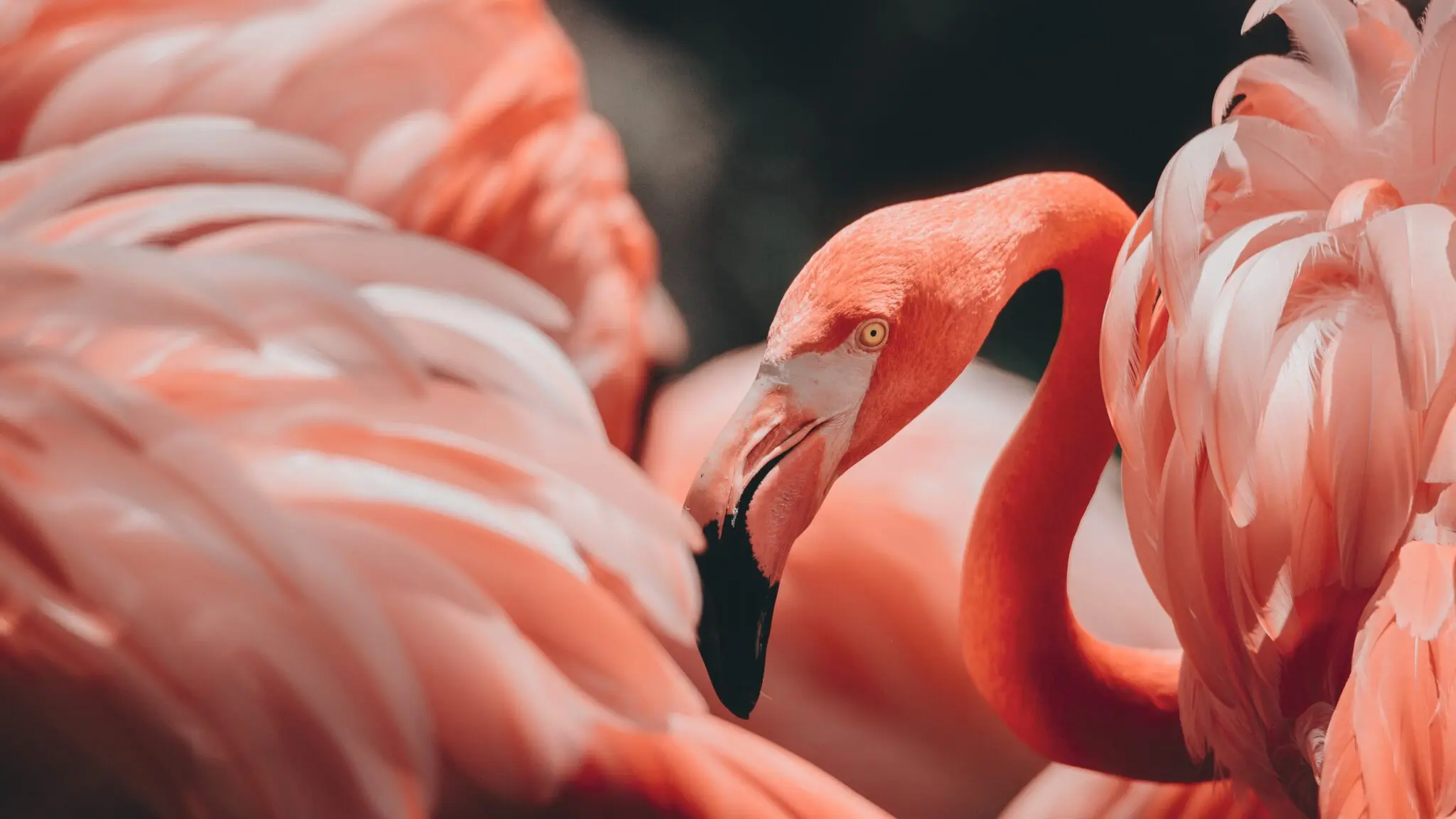Rajasthan Switch to Hindi
Water Conservation Efforts in Rajasthan
Why in News?
On World Environment Day (5th June 2025), Rajasthan launched a two-week water conservation campaign focusing on restoring traditional water sources, building harvesting structures, recharging groundwater, and repairing dams and canals.
Key Points
- About the Campaign:
- The Chief Minister inaugurated the water conservation campaign at the Rajasthan International Centre, urging public participation and highlighting the moral responsibility to combat climate change.
- A shramdaan programme was held at Ramgarh Dam near Jaipur for its restoration, along with the launch of new water conservation projects on the Chambal River banks in Keshoraipatan, Bundi district.
- Conservation Projects:
- Key Activities:
- Foundation stones will be laid for water conservation projects worth Rs 345 crore.
- The campaign will feature the cleaning of traditional water sources, shramdaan camps (voluntary labour), and tree plantation drives.
- MoUs for Climate and Environmental Initiatives:
- A Memorandum of Understanding (MoU) was signed between the State Pollution Control Board and the Centre for Science and Environment, New Delhi, to prepare the Climate Change Adaptation Plan 2030.
- Additional MoUs were signed to implement an Emission Trading Scheme and establish an Early Warning System for Alwar and Bhiwadi.
- Key Activities:
- Traditional Water Wisdom in Rajasthan:
- People in Rajasthan have historically used unique methods like stepwells, johads, ponds, and wells to conserve water.
- The state government has committed to constructing at least 125 water conservation structures in each district to revive these traditional practices.
Water Harvesting Systems of Rajasthan
|
Water Harvesting System |
Description |
|
Baoli |
Stepwell structure with arches, carved motifs, and rooms. Integral to urban water storage in low-rainfall areas. |
|
Jhalara |
Rectangular stepwells with tiered steps on three or four sides, designed to collect water from reservoirs or lakes. |
|
Taanka |
Cylindrical underground pit paved to collect rainwater from rooftops or catchment areas. |
|
Khadin (Dhora) |
Long earthen embankments across hill slopes collecting surface runoff for agriculture. |
|
Kundi |
Consists of a deep, circular or rectangular pit, which is crucial in arid and semi-arid areas where water is scarce and rainfall is unpredictable. |
Rajasthan Switch to Hindi
Flamingos at Rajasthan’s Sambhar Lake
Why in News?
Flamingos traditionally migrate to Sambhar Lake between November and March, but in 2025, they stayed significantly longer owing to abundant food supply and changing climate conditions that created a more favorable habitat.
Key Points
- Significant Rise in Bird Population:
- A census conducted in January 2025 recorded over 1.04 lakh migratory birds at Sambhar Lake, including large numbers of Lesser and Greater Flamingos—a substantial increase from 7,147 birds in 2024.
- This reflects better environmental conditions, which have enhanced the lake’s role as a crucial resting and feeding ground for migratory species.
- India hosts over 250 migratory bird species annually, with hotspots including Chilika Lake, Khichan, and Bharatpur.
- A census conducted in January 2025 recorded over 1.04 lakh migratory birds at Sambhar Lake, including large numbers of Lesser and Greater Flamingos—a substantial increase from 7,147 birds in 2024.
- Ecological Importance of Sambhar Lake:
- Sambhar Lake is a critical stopover along the Central Asian Flyway, one of the world’s major bird migration routes.
- It is a saline wetland, located in the Nagaur and Jaipur districts of Rajasthan, bordered by the Aravalli hills.
- It is the source of most of Rajasthan's salt production.
- It was designated a Ramsar site in 1990 due to its ecological significance.
Flamingos
- About: It belongs to the family Phoenicopteridae.
- There are six species of flamingo namely the Greater flamingo (state bird of Gujarat), Chilean flamingo, Lesser flamingo, Caribbean flamingo, Andean flamingo, and Puna flamingo that inhabit lakes, mudflats, and shallow lagoons in the Americas, Africa, Asia, and Europe.
- Distinctive Appearance: Known for their vibrant pink feathers, flamingos have long legs and necks, webbed feet, and a distinctive downward-curving bill adapted for filter-feeding.
- Flamingos' habitats and food sources change by location and season, causing their colors to range from dark or bright pink to orange, red, or pure white.
- Adaptations: Flamingos have adapted to extreme environments with high salinity and temperatures, where their predators are limited.
- Ecological Role: They play a crucial ecological role by maintaining the health of their habitats through their feeding activities, which affect nutrient cycling and algae populations.
- Conservation Status:
- IUCN Red List:
- Vulnerable: Andean flamingo (Pink Flamingo)
- Near Threatened: Lesser flamingo, Puna flamingo, and Chilean flamingo
- CITES: Appendix II
- Wildlife Protection Act,1972: Schedule II
- IUCN Red List:


.png)








.png)


.jpg)



 PCS Parikshan
PCS Parikshan.jpg)
.jpg)



